
Top models in 1947
Irving Penn. One of the most prolific and recognized photographers of the 20th century, with an elegant, minimal and defined style, died today at age 92. His art, much sought after by museums and photography lovers the world over will live on. Born on June 16th, 1917, in Plainfield, N. J., to Harry, a watchmaker and Sonia, a nurse. Studying at the Pennsylvania Museum School of Industrial Art, (now the University of the Arts), from 1934 to 1938, Penn studied drawing, painting and graphic and industrial design. he had as a teacher the designer Alexey Brodovitch, a Russian émigré from Paris, familiar with avant-guard European art and design. Mr. Brodovitch worked in New York City for Harper’s Bazaar at the time and travelled to Philadelphia on Saturdays to meet with his students and to evaluate their work. Penn’s graphic talent impressed Mr. Brodovitch, and he chose him to be his unpaid assistant at Bazaar during the summers of 1937 and 1938.

Although fashion is constantly changing, it's image a blur from season to season, Penn's style was constant, timeless, his photographs instantly recognizable from the 1940s up until the early 21st century. It is most rewarding to see how fashion changes throughout the decades through his photographs, clothes, designers, models, come and go, but Penn and his inimitable style is always there, transfixing the eye of the observer with it's brilliant use of geometry and lighting.
His photographs were never spontaneous. Not for him the jumping, dancing models of Arthur Elgort, the exuberant leaping ladies of Richard Avedon, the decadent women of Guy Bourdin, the overtly sexy femmes of Helmut Newton. Instead his subjects, elegant and timeless, restrained but sensuous, poised with a geometric precision, look frozen for posterity as if you look at the Parthenon marbles.
He did not do only fashion photography of course. His subjects ranged from cultural figures like Truman Capote and Pablo Picasso to Peruvian peasants, Guinea tribesmen and incredible still lives: his wilted flowers, published in the December issue of Vogue for years, look incredibly like paintings. The compositions with food elements he photographed to illustrate the food column or the beauty abstract photographs in Vogue are works of art in their own.




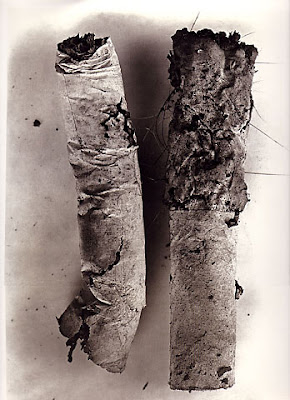


He had a long and happy marriage with his eternal muse, the model and sculptor Lisa Fonssagrives. They had a son together, Tom. With her, they defined the image of an era between the 1940's and 1950's. Slim, sophisticated and seemingly lofty, Lisa was a perfect match for him and his photos of her display an incredible aesthetic standard.



Always anxious to improve his photographs, he experimented constantly with their printing. He printed his own photographs and revived the platinum-palladium technique (instead of silver), which, although more time-consuming and costly, delivered great depth and luminosity, giving lovely velvety tones to the image and increasing its longevity. He will be sorely missed.

To end this post, some photos of my muse, Christy Turlington, shot by Irving Penn through the years (all in Vogue magazine).
Although trained as a painter and designer, he dedicated himself and his talent to photography. Penn started at Harper's Bazaar under Alexey Brodovich after he finished his studies. But in 1943 he began with Vogue what would become the longest running collaboration of a magazine with a photographer, under Alexander Lieberman. Starting out as his assistant, he was supervising the design of the magazine's covers. And when he found out no staff photographer would shoot what he suggested, he did it himself, under Lieberman's suggestions. His first shooting was a colour still-life photograph of a glove, belt and pocketbook, which became the cover of 1943's October issue. His photographs would grace more than 150 Vogue covers over the next 50 years.

Although fashion is constantly changing, it's image a blur from season to season, Penn's style was constant, timeless, his photographs instantly recognizable from the 1940s up until the early 21st century. It is most rewarding to see how fashion changes throughout the decades through his photographs, clothes, designers, models, come and go, but Penn and his inimitable style is always there, transfixing the eye of the observer with it's brilliant use of geometry and lighting.
His photographs were never spontaneous. Not for him the jumping, dancing models of Arthur Elgort, the exuberant leaping ladies of Richard Avedon, the decadent women of Guy Bourdin, the overtly sexy femmes of Helmut Newton. Instead his subjects, elegant and timeless, restrained but sensuous, poised with a geometric precision, look frozen for posterity as if you look at the Parthenon marbles.
He did not do only fashion photography of course. His subjects ranged from cultural figures like Truman Capote and Pablo Picasso to Peruvian peasants, Guinea tribesmen and incredible still lives: his wilted flowers, published in the December issue of Vogue for years, look incredibly like paintings. The compositions with food elements he photographed to illustrate the food column or the beauty abstract photographs in Vogue are works of art in their own.







He had a long and happy marriage with his eternal muse, the model and sculptor Lisa Fonssagrives. They had a son together, Tom. With her, they defined the image of an era between the 1940's and 1950's. Slim, sophisticated and seemingly lofty, Lisa was a perfect match for him and his photos of her display an incredible aesthetic standard.



Always anxious to improve his photographs, he experimented constantly with their printing. He printed his own photographs and revived the platinum-palladium technique (instead of silver), which, although more time-consuming and costly, delivered great depth and luminosity, giving lovely velvety tones to the image and increasing its longevity. He will be sorely missed.

To end this post, some photos of my muse, Christy Turlington, shot by Irving Penn through the years (all in Vogue magazine).
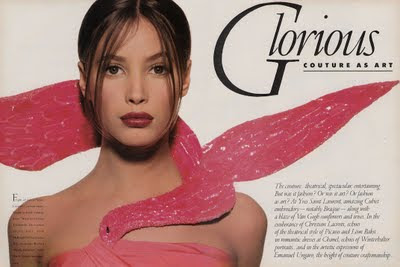


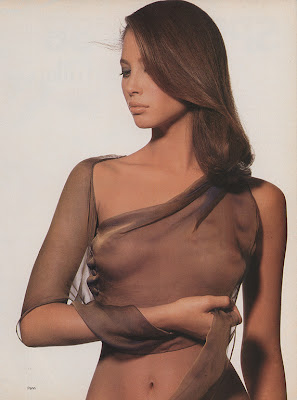

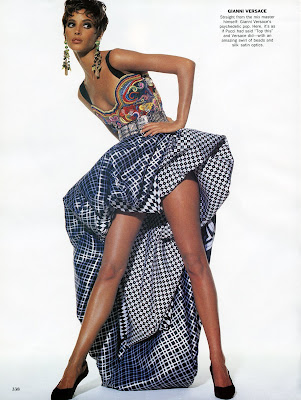


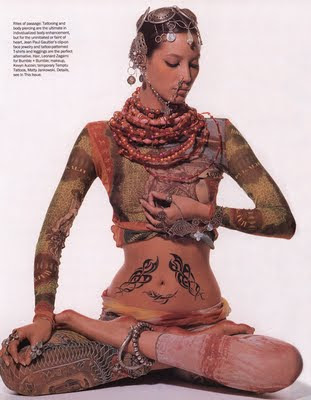
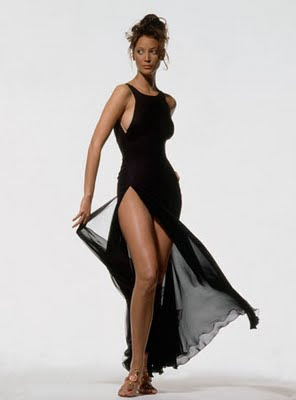


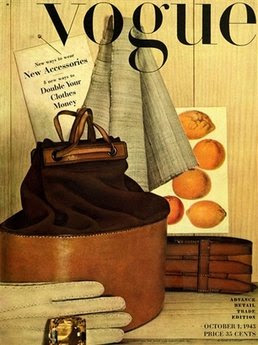












πολύ καλό!!
ReplyDeleteΕυχαριστώ!!!
ReplyDelete